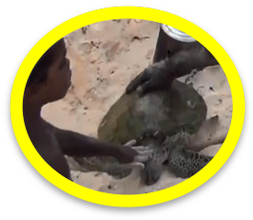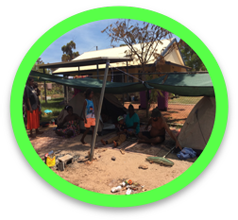Welcome to the "Growing up children in two worlds" Project Website
This evolving website is one way we are sharing Yolŋu knowledge and ideas about child development and child rearing from the findings of a research project conducted in a remote community in northern Australia. Yolŋu are Aboriginal people from Northeast Arnhemland in Northern Australia. Balanda is a term that Yolŋu use to refer to non-Aboriginal people. The project was funded by the Lotwitja Institute and Charles Darwin University. Click here for more information about the project and here for other resources about the findings.
The website is designed to:
-
help people from outside the community work more effectively with Yolŋu children and their families
-
help make Yolŋu knowledge about early childhood available for future generations.
- Click on the text and pictures below or links above to find out more.
- Click play on audio icons to listen to the information on each page in Djambarrpuyŋu (a Yolŋu language).
Developing Yolŋu Identity - the Highest Priority
|
Ways of helping children learn
Communication from conception |

Djalkari ḏälkum - a strong cultural foundation |
|
Invisible strengths and challenges
|
|
Everybody teaching and testing |
|
|
|
|
|
Helping children become strong |
* Ownership of cultural knowledge on the website remains with the Yolŋu who have chosen to share this knowledge for the benefit of others. The information on the website is the responsibility of the project team and the participants and does not necessarily represent the views of the funding body or organisations involved in the project. We would like to warn Aboriginal and Torres Strait Islander users of the website that there may be images of people who have passed away (included when requested by their families).














